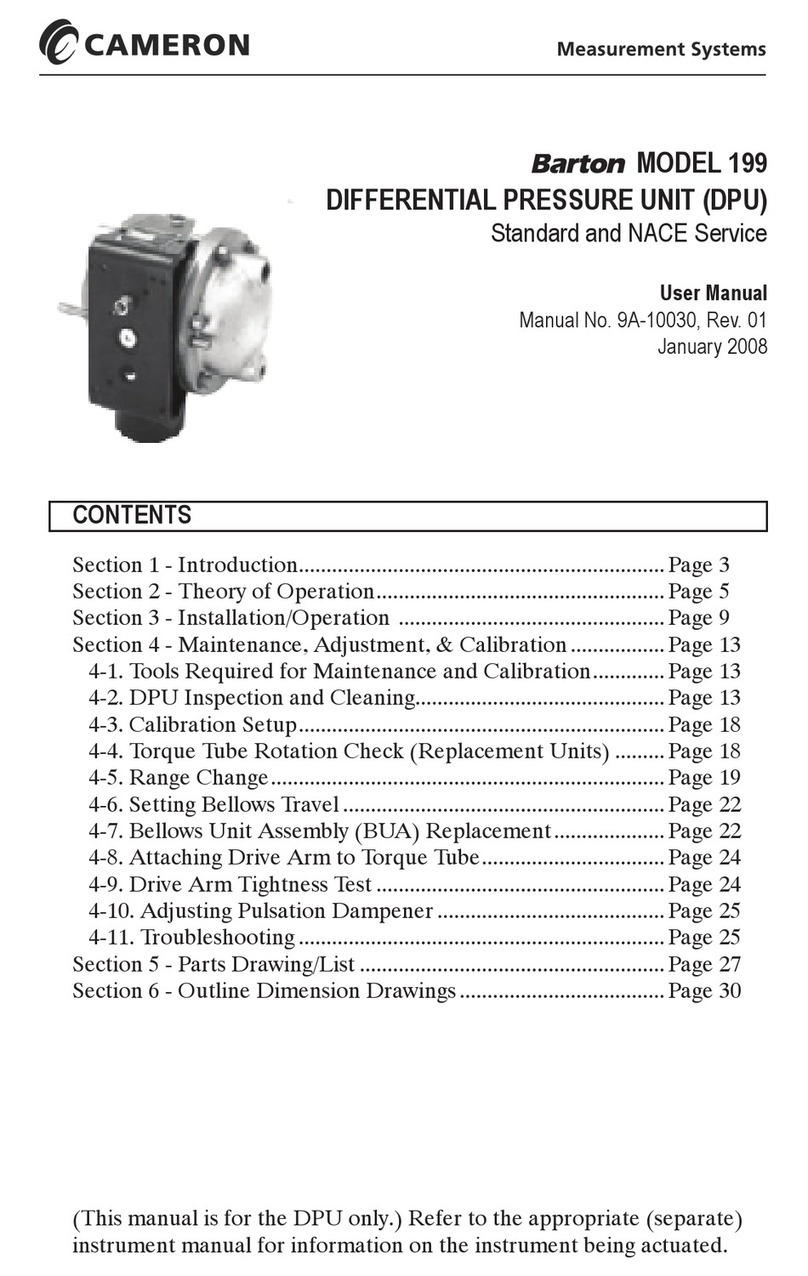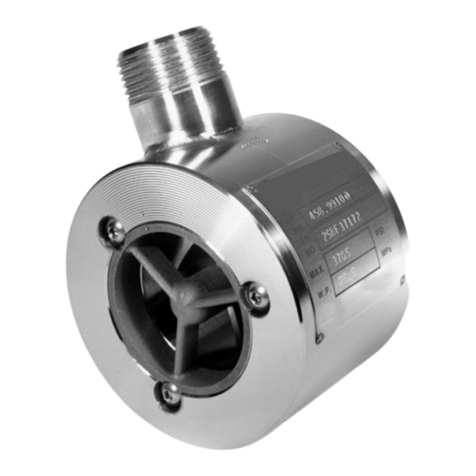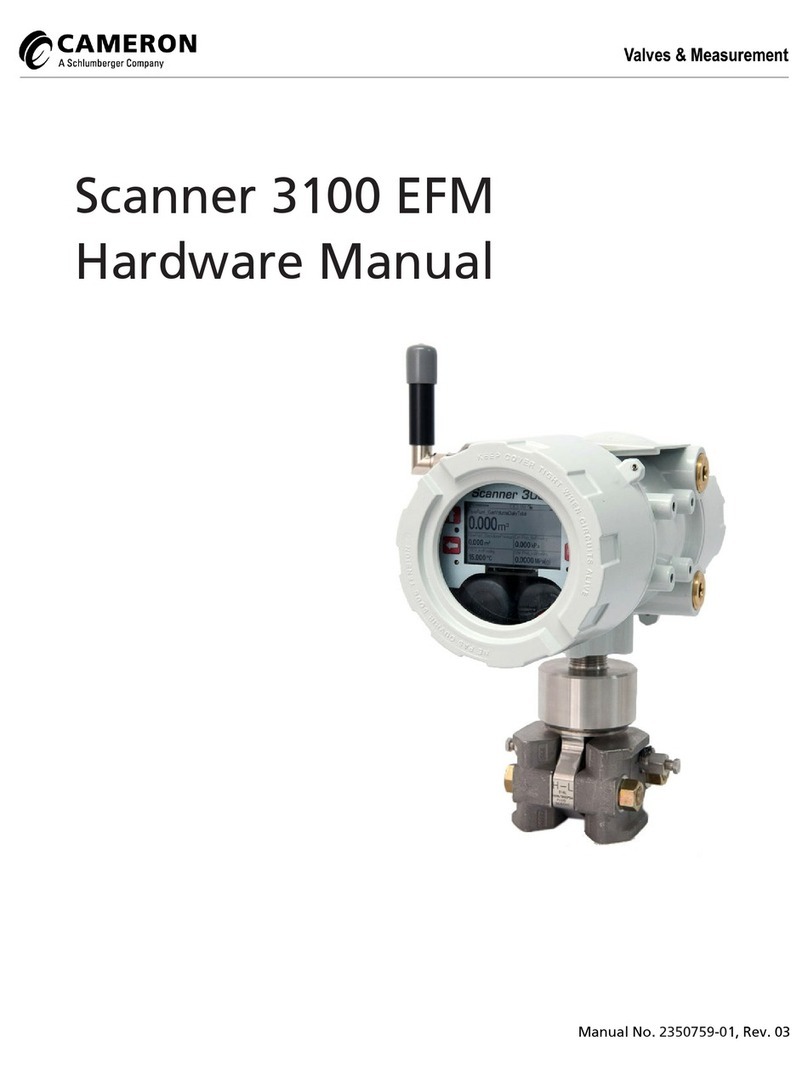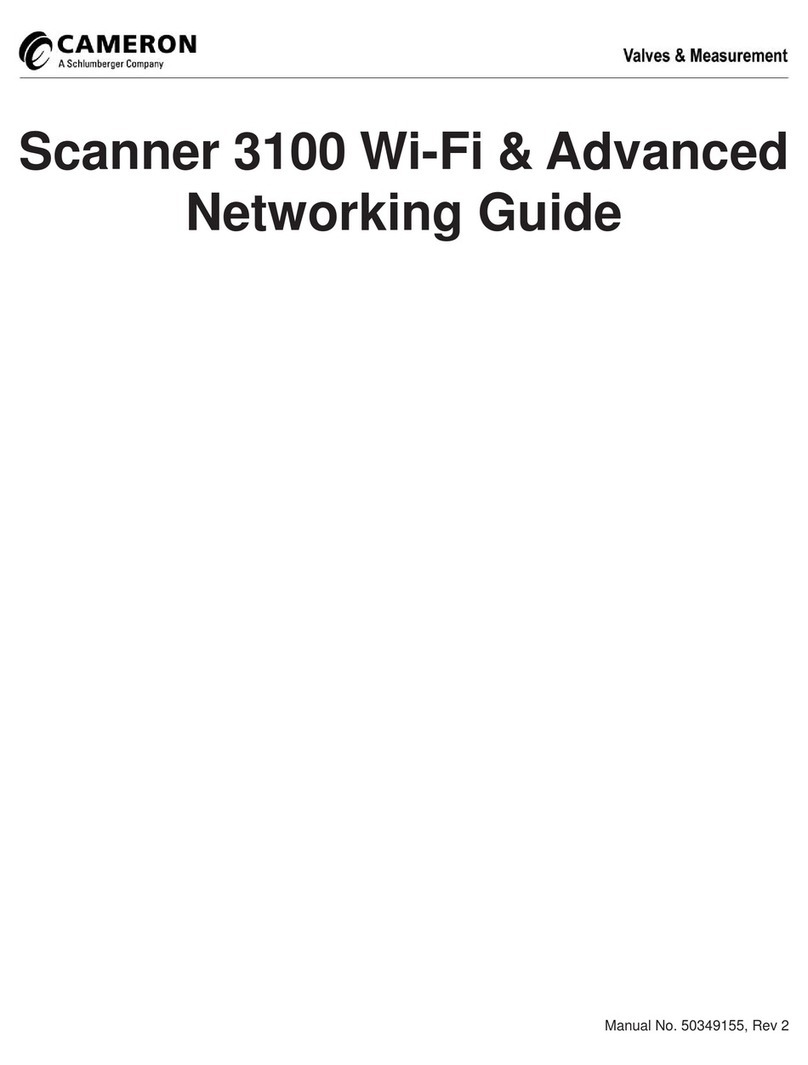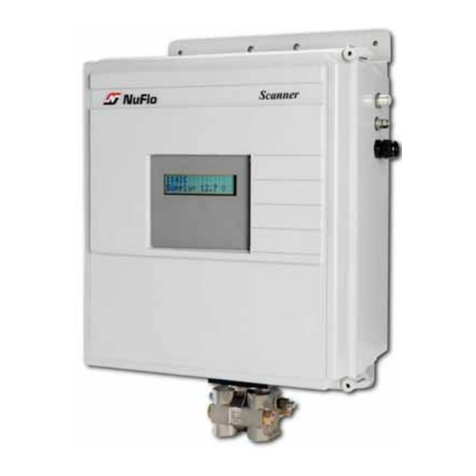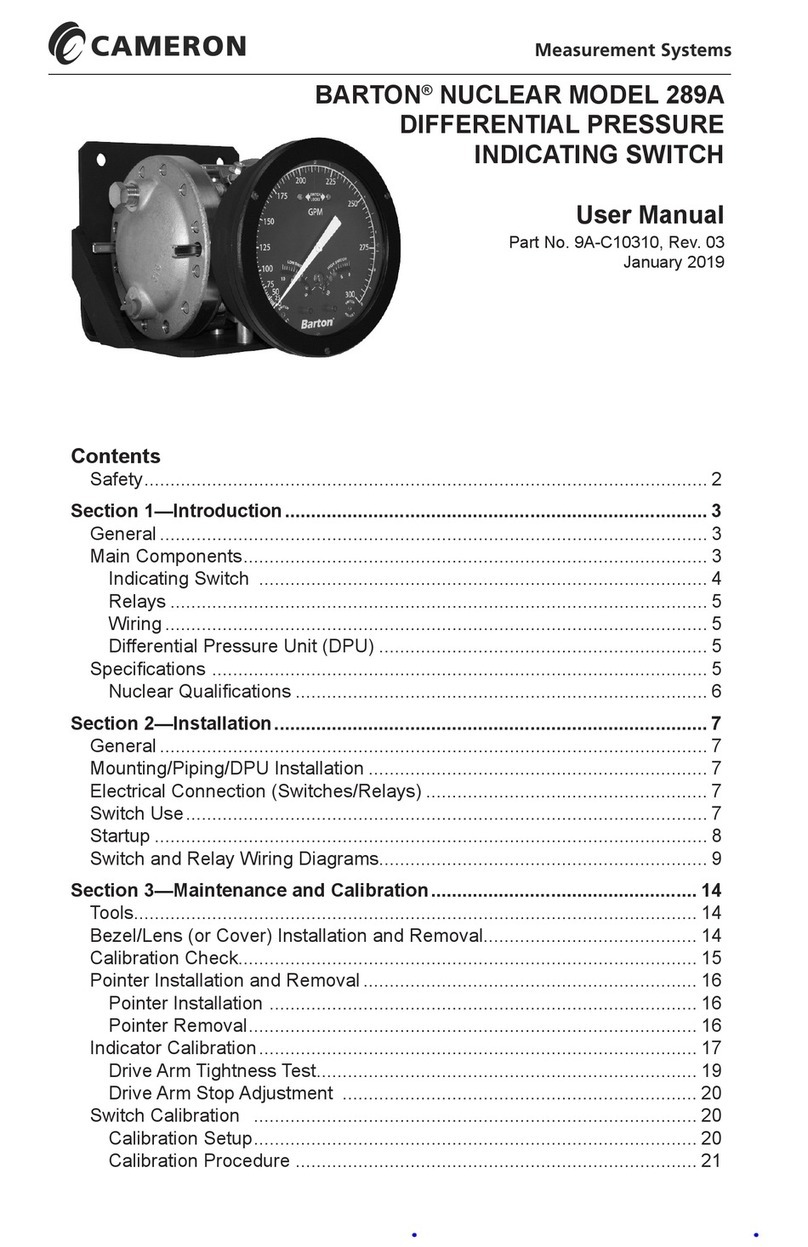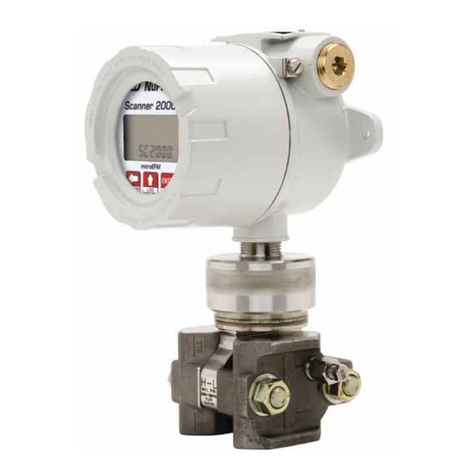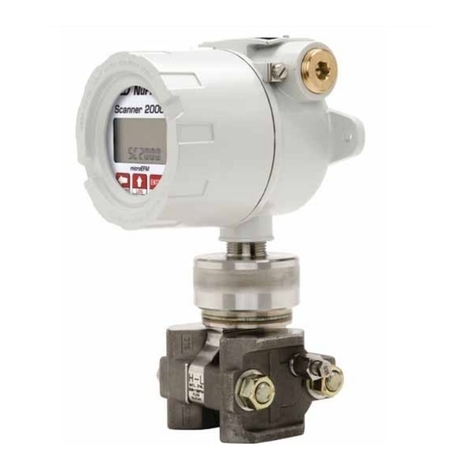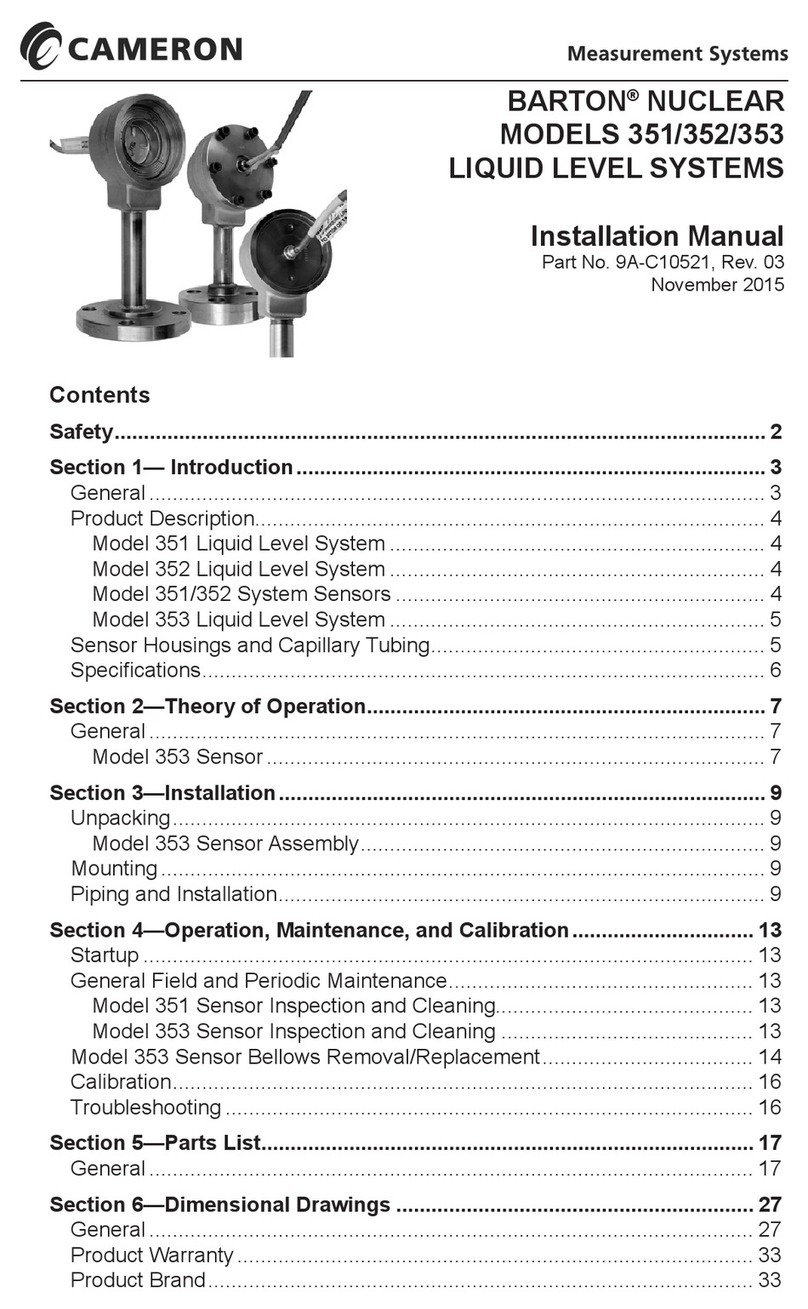
LEFM 3xxCi User Manual IB1406 Rev 12
Table of Contents Page ii August 2017
......................................................................................................................................................36
Understanding Flow Calculations............................................................................................................36
Measuring Flow Velocities..................................................................................................................36
Measuring Flow Rate..........................................................................................................................37
......................................................................................................................................................38
Operations...............................................................................................................................................38
Definitions...........................................................................................................................................38
Normal Operating Conditions..............................................................................................................38
Table 6.1 LED Diagnostics......................................................................................................................38
Display................................................................................................................................................39
......................................................................................................................................................45
Maintenance............................................................................................................................................45
Introduction.........................................................................................................................................45
7.1 General Inspections – Preventative Maintenance Procedures................................................45
7.2 Transmitter Troubleshooting....................................................................................................46
7.3 Circuit Board Replacement......................................................................................................47
Table 7.1 Circuit Boards..........................................................................................................................47
7.4 IOP – Input/Output and Power Supply Board or Power Fuse Replacement............................48
7.5 CTC and Display Replacement................................................................................................50
7.6 MXR Replacement...................................................................................................................52
7.7 Transducer Installation............................................................................................................55
7.8 Analog Input Verification..........................................................................................................58
7.9 Analog Output and Pulse Output Verification...........................................................................58
......................................................................................................................................................59
Troubleshooting and Diagnostics............................................................................................................59
Diagnostics.........................................................................................................................................59
Table 8.1 Acoustic Signal Diagnostics....................................................................................................60
......................................................................................................................................................63
LEFM 3xxCi and 3xxCi-R Metrological Seals..........................................................................................63
....................................................................................................................................................67
Secondary Seals and Seal Failure Indication..........................................................................................67
Secondary Seals.................................................................................................................................67
....................................................................................................................................................68
Recommended Spare Parts....................................................................................................................68

